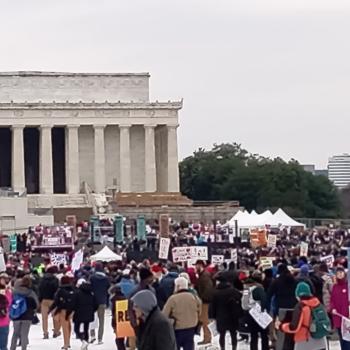Excerpts from the speech of Governor Randall S. Kroszner of the Federal Reserve follow. The full report upon which he was commenting can be found here in pdf.
Our analysis of the loan data found that about 60 percent of higher-priced loan originations went to middle- or higher-income borrowers or neighborhoods. Such borrowers are not the populations targeted by the CRA. In addition, more than 20 percent of the higher-priced loans were extended to lower-income borrowers or borrowers in lower-income areas by independent nonbank institutions–that is, institutions not covered by the CRA.6
Putting together these facts provides a striking result: Only 6 percent of all the higher-priced loans were extended by CRA-covered lenders to lower-income borrowers or neighborhoods in their CRA assessment areas, the local geographies that are the primary focus for CRA evaluation purposes. This result undermines the assertion by critics of the potential for a substantial role for the CRA in the subprime crisis. In other words, the very small share of all higher-priced loan originations that can reasonably be attributed to the CRA makes it hard to imagine how this law could have contributed in any meaningful way to the current subprime crisis.
When we conducted this analysis, we found essentially no difference in the performance of subprime loans in Zip codes that were just below or just above the income threshold for the CRA.9 The results of this analysis are not consistent with the contention that the CRA is at the root of the subprime crisis, because delinquency rates for subprime and alt-A loans in neighborhoods just below the CRA-eligibility threshold are very similar to delinquency rates on loans just above the threshold, hence not the subject of CRA lending.
The final analysis we undertook to investigate the likely effects of the CRA on the subprime crisis was to examine foreclosure activity across neighborhoods grouped by income. We found that most foreclosure filings have taken place in middle- or higher-income neighborhoods; in fact, foreclosure filings have increased at a faster pace in middle- or higher-income areas than in lower-income areas that are the focus of the CRA.
Two key points emerge from all of our analysis of the available data. First, only a small portion of subprime mortgage originations are related to the CRA. Second, CRA- related loans appear to perform comparably to other types of subprime loans. Taken together, as I stated earlier, we believe that the available evidence runs counter to the contention that the CRA contributed in any substantive way to the current mortgage crisis.












